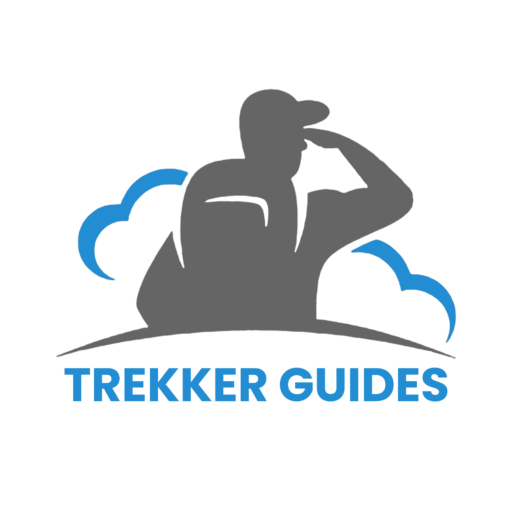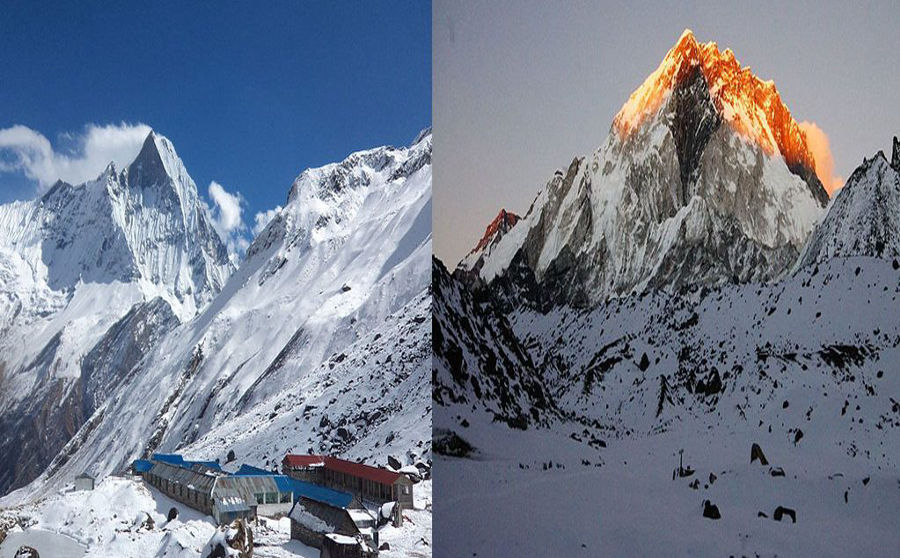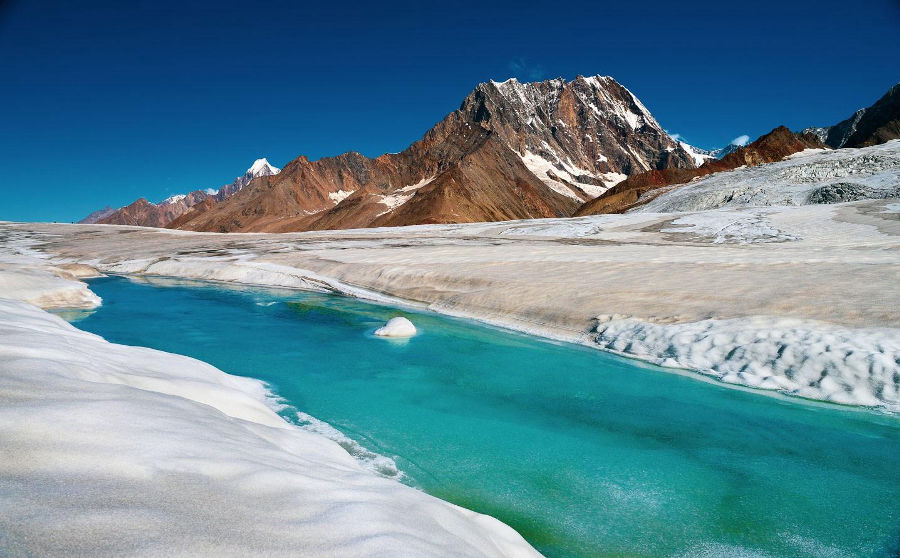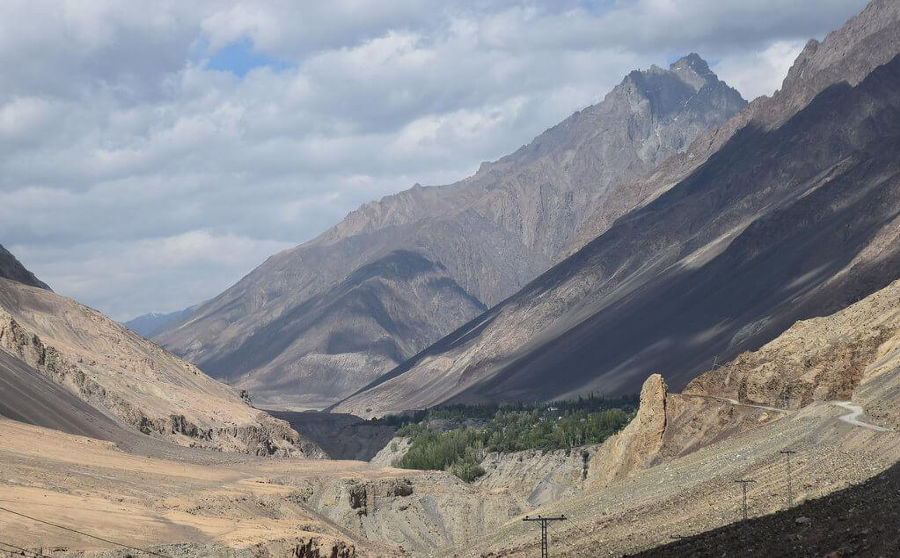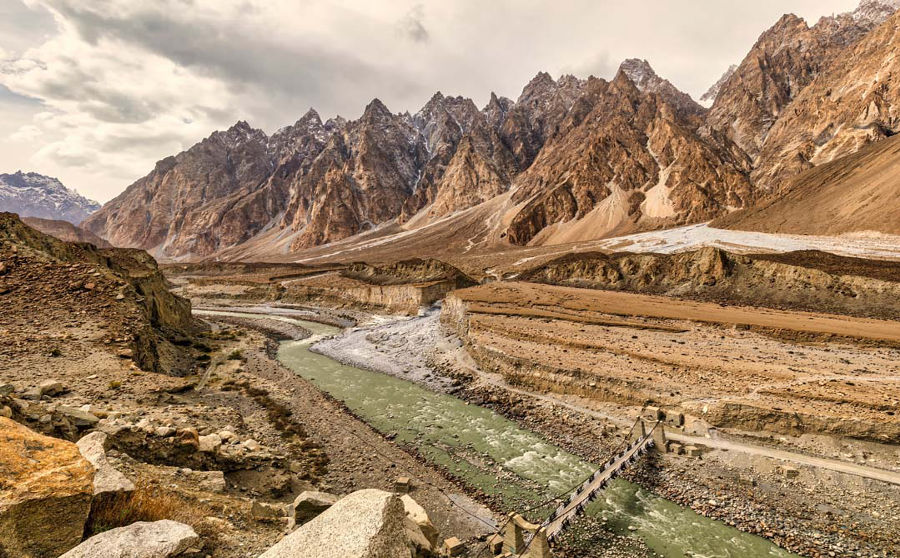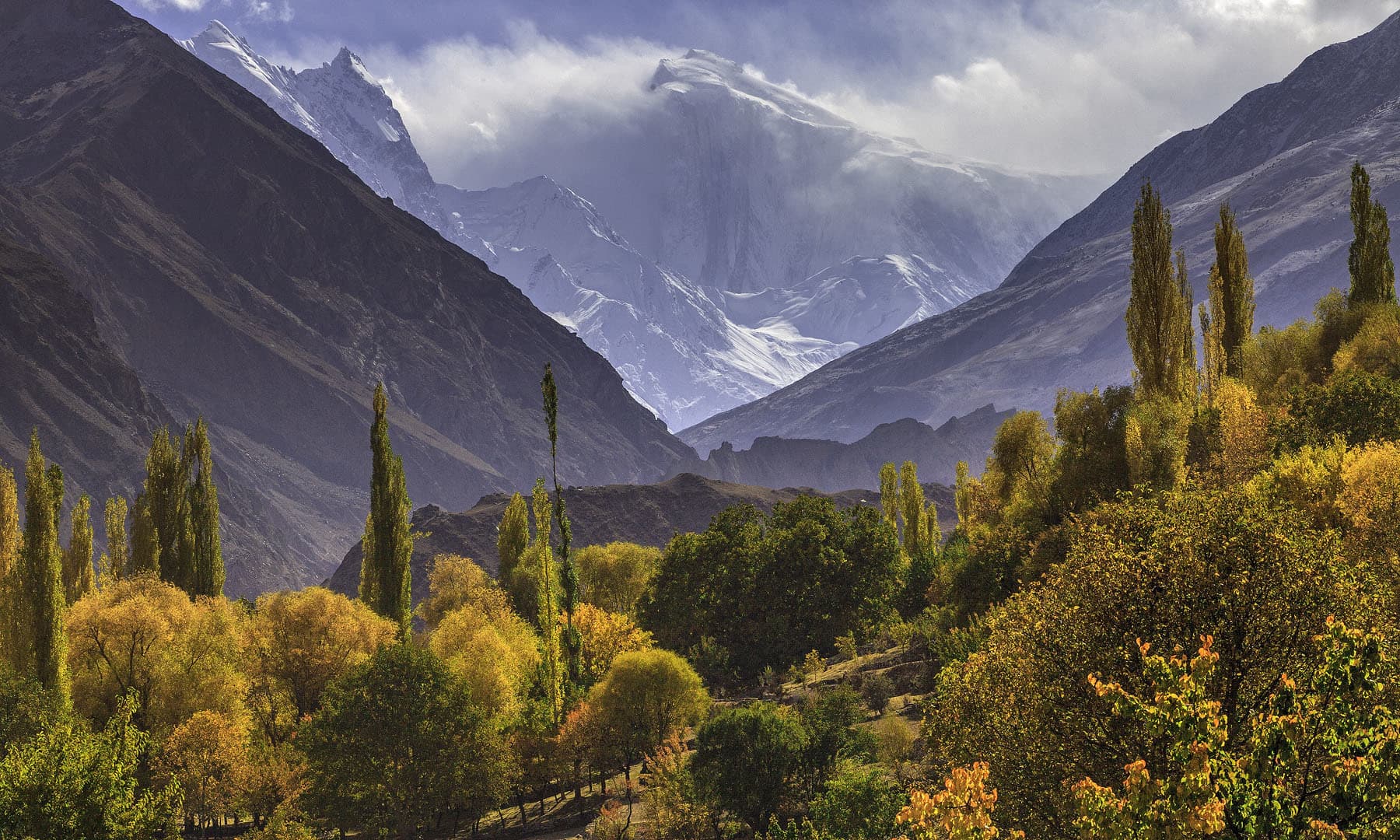Nepal is a mecca for trekkers, offering some of the most legendary trails in the world. Two treks reign supreme: Everest Base Camp (EBC) and the Annapurna Circuit (AC). Both offer jaw-dropping Himalayan views, rich cultural experiences, and the kind of challenge that leaves you transformed.
But which one is right for you in 2025?
Everest Base Camp vs. Annapurna Circuit
1. Overview
Everest Base Camp (EBC)
- Region: Khumbu (Everest)
- Highest Altitude: 5,364m (17,598 ft)
- Typical Duration: 12–14 days
- Main Highlight: Reaching the foot of Mount Everest
Annapurna Circuit (AC)
- Region: Annapurna Conservation Area
- Highest Altitude: 5,416m (Thorong La Pass)
- Typical Duration: 14–18 days
- Main Highlight: Thorong La Pass & diverse terrain
2. Scenery & Landscape
Everest Base Camp
Expect dramatic glaciers, vertical rock faces, and up-close views of some of the world’s highest peaks—including Lhotse, Nuptse, and, of course, Everest. The trail follows a consistent alpine landscape with stunning panoramas throughout.
Annapurna Circuit
This trek wins in terms of variety. You’ll pass through subtropical forests, terraced farms, high alpine deserts, and even Tibetan-influenced villages. The contrast between the lowlands and high mountains is dramatic and beautiful.

Verdict:
- Want raw Himalayan majesty? → Everest Base Camp
- Love diversity and scenery that changes every day? → Annapurna Circuit
3. Difficulty & Altitude
Everest Base Camp
The ascent is gradual but the altitude gain is relentless. There’s less “up and down,” but higher risk of altitude sickness due to sustained elevation above 4,000m.
Annapurna Circuit
Although it’s longer and involves more elevation changes, you’ll start at lower altitudes, giving your body more time to acclimatize. Thorong La Pass (5,416m) is the toughest day.
Verdict:
- Prefer shorter but steeper high-altitude trekking? → Everest Base Camp
- Want a more gradual challenge with longer duration? → Annapurna Circuit
4. Culture & Villages
Everest Base Camp Region (Khumbu)
Experience Sherpa hospitality, ancient monasteries, and Buddhist prayer flags lining the trails. Namche Bazaar is the cultural and logistical hub of the trek.
Annapurna Circuit Region
You’ll meet a mix of Gurung, Thakali, and Tibetan-influenced communities. The villages vary greatly in architecture, cuisine, and customs as you move from lowlands to high-altitude regions.
Verdict:
- Interested in Sherpa culture & Everest legends? → Everest Base Camp
- Craving diverse cultural immersion? → Annapurna Circuit

5. Cost
Everest Base Camp
More expensive due to the Lukla flight (USD $150–$200 each way), higher-altitude logistics, and pricier teahouses. Expect to spend $1,200–$1,800 for a guided trip.
Annapurna Circuit
More budget-friendly. No flight required (though optional), and a wider variety of accommodations and food pricing. Expect to spend $800–$1,400 for a guided trek.
Verdict:
- Budget-sensitive? → Annapurna Circuit
- Okay with spending more for iconic Everest views? → Everest Base Camp
6. Best Trekking Seasons
Both treks share the same prime seasons:
- Spring (March–May): Clear skies, blooming rhododendrons, great views
- Autumn (September–November): Stable weather, crisp air, high visibility
Winter (Dec–Feb) is too cold for most, and Monsoon (June–Aug) brings heavy rain, especially on the Annapurna side.
7. Which Trek Is Right for You in 2025?
| Criteria | Best Choice |
| Shorter time available | Everest Base Camp |
| Budget-conscious | Annapurna Circuit |
| Highest peak proximity | Everest Base Camp |
| Scenic variety | Annapurna Circuit |
| Cultural diversity | Annapurna Circuit |
| Bragging rights | Everest Base Camp |
Final Thoughts
There’s no wrong choice—both Everest Base Camp and Annapurna Circuit are life-changing adventures. Whether you’re drawn to the magnetic pull of Mount Everest or the diverse beauty of the Annapurna range, your 2025 trek in Nepal is bound to be unforgettable.
Still unsure which to pick? Let our experts help you plan the perfect route based on your fitness, timeframe, and budget.
